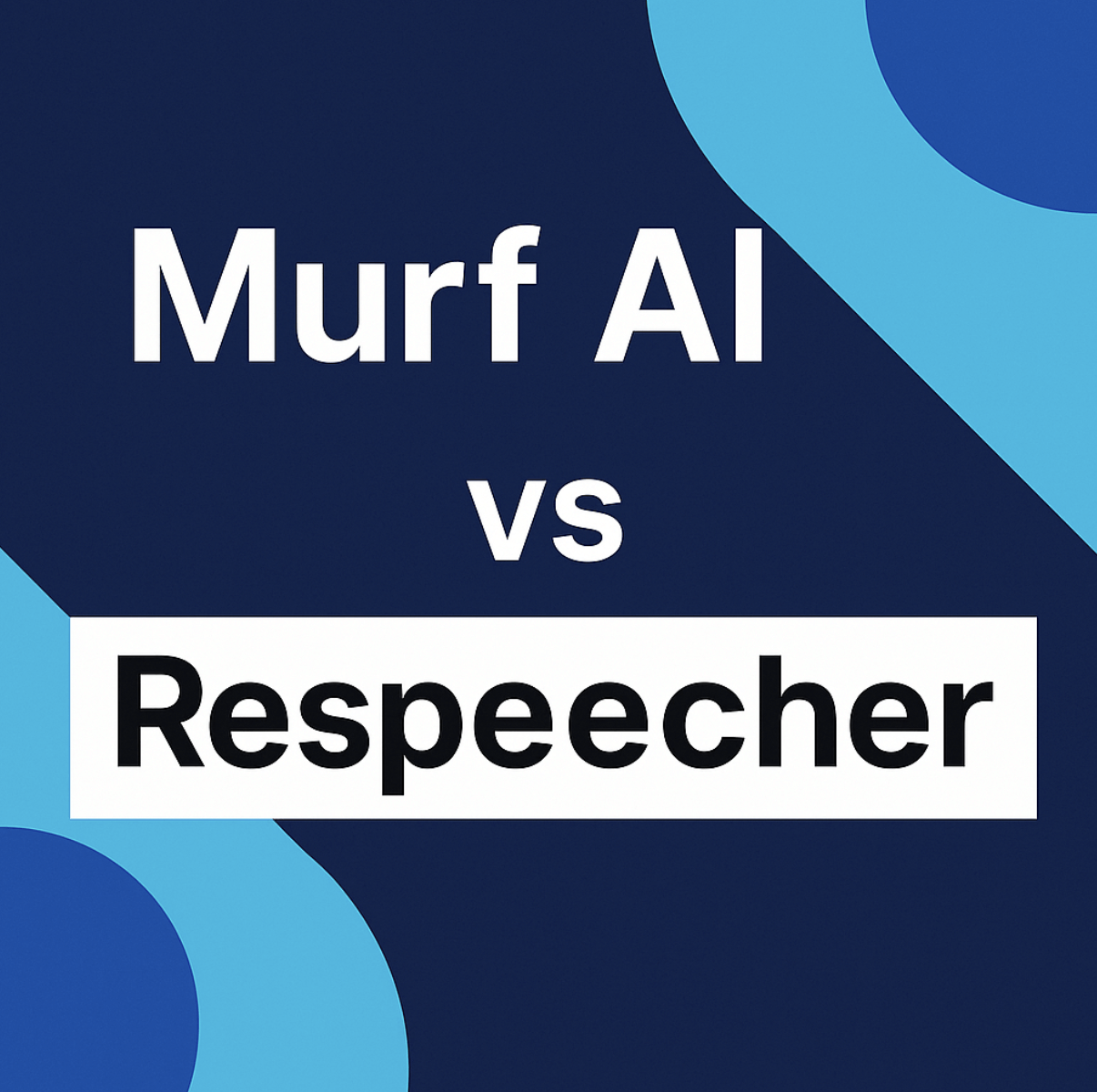
Željka Mamužić
Expert Writer
26.02.2025
Web development is about providing highly customized user experiences that predict demands and encourage involvement, not only about appearance and functionality.
Companies who neglect to provide customized online experiences run more danger of having declining client retention, poorer conversions, and increased bounce rates in a digital environment where consumers want bespoke interactions.
Personalization is not only a need; it is not a luxury. Studies show that 80% of customers are more willing to interact with a brand providing customized experiences. Businesses have to include intelligent customization techniques, whether through dynamic content, AI-driven suggestions, or adaptable UI, if they remain competitive.
The most successful strategies to provide a web experience that users find relevant and stimulate significant interactions are explored in this article.
Strategies For Creating Relevant Web Experiences That Drive User Interactions
1. Use dynamic content for real-time personalization

Static web pages are obsolete. Modern consumers want real-time, context-aware experiences that are tailored to their choices, behaviors, and previous interactions. The dynamic content modification enables websites to react in real-time, offering highly relevant messages and offers based on user behavior.
How it works:
- Websites employ user behavior, location, device type, and browsing history to dynamically change page components in real-time.
- AI-powered recommendation engines provide tailored information, goods, or services, which boosts engagement and conversions.
- Dynamic CTAs (Call-to-Actions) alter in response to user interest. A repeat visitor may see a discount offer, but a new user may get an introduction guide.
Real-world application
eCommerce platforms leverage dynamic content to recommend products based on past purchases. SaaS companies display customized onboarding experiences depending on user familiarity with the product. Personalized landing pages ensure users feel seen and valued, boosting interaction rates and ROI.
2. Leverage AI and machine learning for smarter user insights
AI-driven personalization is changing the game. Businesses no longer have to guess what users want—machine learning models analyze user behavior patterns to make data-driven decisions in real-time. AI allows for deep-level personalization that improves accuracy and relevancy in recommendations, chatbot interactions, and predictive analytics.
Key benefits
- Hyper-personalized recommendations: AI detects purchase behaviors and recommends relevant items or content.
- Predictive user behavior: Websites may predict user demands and show information that they are likely to want.
- Automated customer support: AI chatbots respond instantly based on prior encounters and customer intent.
Implementation example
Using AI-powered algorithms, streaming companies like Netflix and Spotify provide recommendations depending on viewing behavior and interaction. AI-driven search bars used by retailers automatically complete searches depending on past interactions, therefore smoothing out the user path and increasing simplicity.
3. Improve tailored user journeys with custom website development

A generic website won’t cut it in a competitive digital space. Businesses investing in custom website development can craft unique, scalable solutions that align with specific user needs and brand identity. Unlike template-based websites, custom-built platforms allow businesses to integrate advanced personalization features, adaptive UI, and automation tools.
Why custom website development matters
- Unlike rigid pre-built systems, bespoke websites expand seamlessly depending on business demands, therefore reflecting scalability and flexibility.
- Custom-built solutions enable for more thorough integration of user activity monitoring, CRM data, and artificial intelligence models.
- Customized UX/UI design guarantees visitors connect with understandable navigation, tailored dashboards, and real-time suggestions.
Real-world example
Custom-built solutions used by e-learning platforms provide tailored lesson plans depending on user development. Unique portal dashboards created by membership-based companies fit specific user requirements, therefore guaranteeing increased involvement and long-term commitment.
4. Personalization based on location and geo-targeting
Where a person is located might greatly affect their requirement from a website. Geo-targeting helps companies to provide relevant data, promotions, and suggestions depending on a user’s geographical location, therefore guaranteeing their browsing experience is more contextually relevant.
Key use cases
- Retailers can show store-specific deals and goods based on the visitor’s closest physical location.
- Service providers can dynamically adjust available appointment times based on local time zones.
- Hospitality companies may promote surrounding attractions, seasonal deals, and personalized travel advice.
Location-based customization closes the distance between digital and real interactions, raising conversion rates and user happiness.
5. Behavioral triggers and personalized email campaigns

Personalization does not cease when a visitor leaves your website; it continues to their mailbox. Businesses that use behavioral email marketing have increased engagement rates since messages are personalized depending on particular actions done on a website.
Examples of behavioral triggers
- Abandoned cart emails: Remind users of their incomplete purchase with a discount or limited-time offer.
- Post-purchase recommendations: Based on your most recent order, suggest complementary items or services.
- Re-engagement campaigns: Provide targeted incentives to inactive users, such as a VIP offer or curated content recommendation.
Customizing email content depending on real-time website interactions helps companies establish continuous communication with consumers, thereby maintaining their engagement and growth.
6. Adaptive UI for smooth multi-device experiences
A personalized online experience should not be one-size-fits-all; it should be tailored to the device, screen size, and user preferences. Adaptive UI (User Interface) guarantees that a website’s layout, functionality, and content display change dynamically to provide an ideal user experience.
How Adaptive UI Improves Personalization:
- Device-specific adjustments: Mobile users get touch-friendly interfaces, while PC users gain enhanced navigation.
- Dark mode & accessibility features: Users may choose themes and text sizes based on their preferences.
- Session continuity: When users migrate from mobile to desktop, their session history and saved settings are retained, providing a seamless experience.
Adaptive UI makes sure that personalizing goes beyond content; it improves the whole surfing experience, hence increasing engagement and retention.
Conclusion
When it comes to web development, personalization is not a choice; rather, it is a need for competing websites. Companies that combine AI-driven analytics, dynamic content, bespoke website construction, geo-targeting, and flexible user interfaces are going to be able to create user experiences that are perfect, fascinating, and focused on conversions.
The future of web development lies in businesses that are familiar with their customers and can personalize their experiences. Those who have the belief that personalization is an essential strategy will be able to deepen their connections with customers, boost their engagement, and accelerate stable corporate development.
Presently, the time has come to transform online personalization from a passing fad into a fundamental component of digital strategy.








